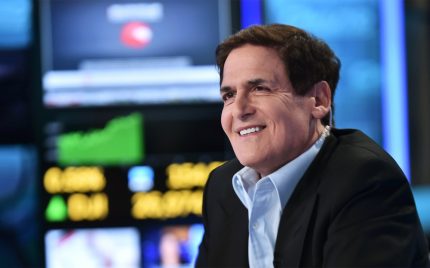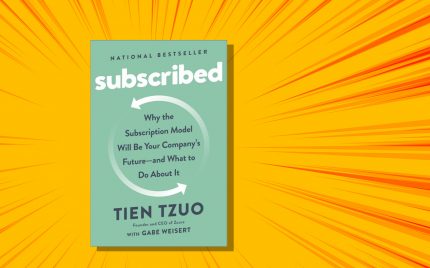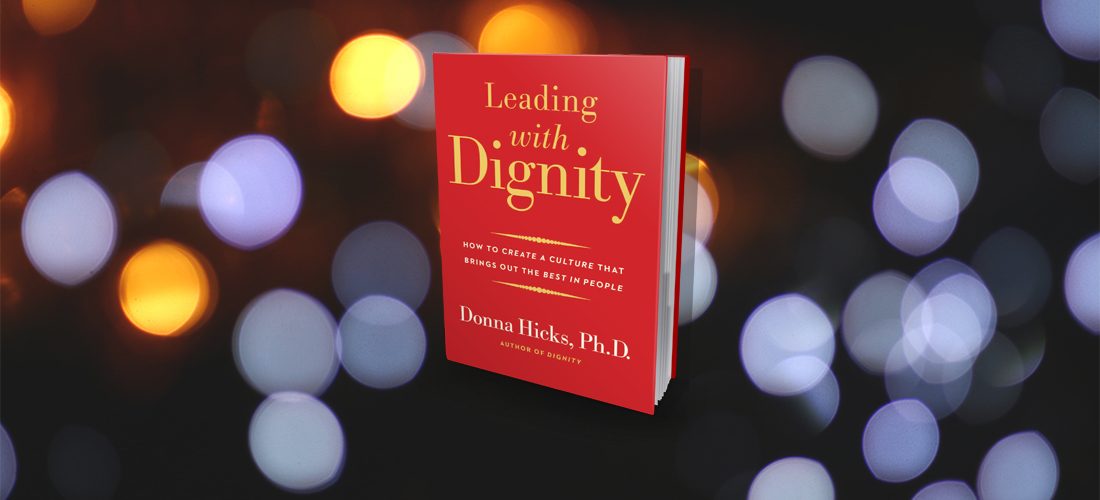
Leading with Dignity is unlike any other book, opening with a story about a company that is on the verge of bankruptcy. At that time, the executives figured out how to negotiate with their employees so that they would accept a pay cut to “get together and win”. Employees believed it. The company had to manage for 5 years, then it received positive signals. The leaders celebrated the occasion by rewarding themselves with generous bonuses but were not interested in returning these employees the salary they accepted before. A quick strike broke out when the relationship between administrators and employees was in danger of being broken. It was then that Donna Hicks received a call for help.
Donna Hicks is an expert in conflict resolution. During the association with Harvard University’s Weatherhead Center for International Affairs, she also collaborated with countless governments, businesses, and organizations to reconcile the seemingly irreconcilable disputes by the stakeholders. In the mid-2000s, the BBC asked her to cooperate with Desmond Tutu, in the reconciliation of victims and perpetrators in armed conflict in Northern Ireland at their first meeting. Hicks has since realized a connection between these differences: Conflicts only escalate when there is an impact on human dignity.
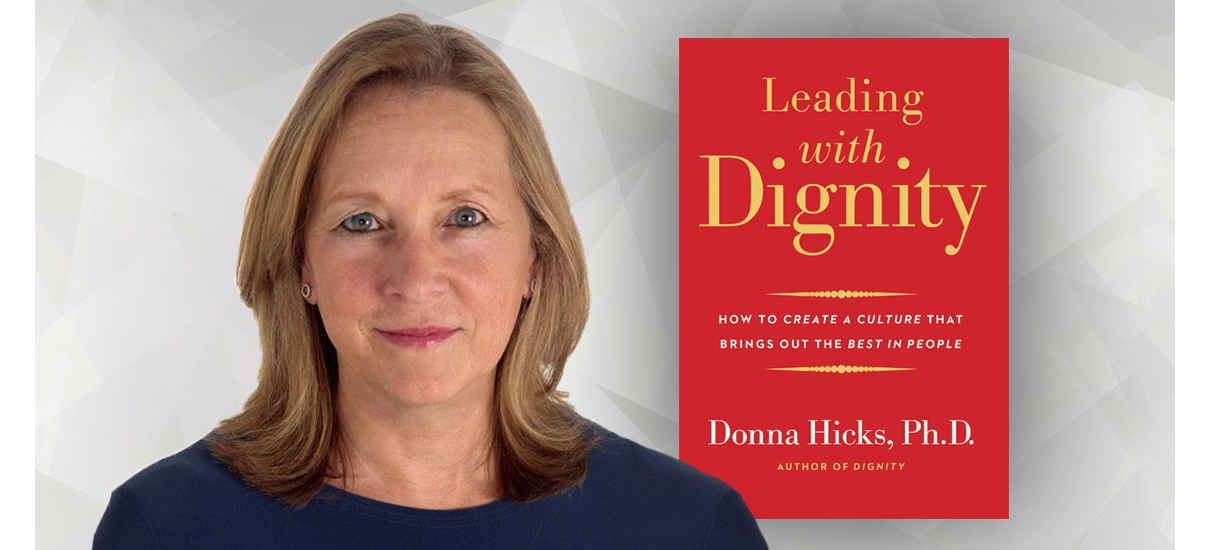
Donna Hicks and her second book – Leading with Dignity
“The common denominator is the human reaction to the way people are being treated,” she wrote in Leading with Dignity, a book focused on mediating problems in the business. When human dignity is trampled at work, “they feel some of the same instinctive reactions that parties in international conflicts experience — a desire for revenge against those who have violated them. People want their grievances listened to, heard, and acknowledged. When this doesn’t happen, the original conflicts escalate, which only deepens the divide, ”she wrote.
Moreover, leaders play a big role if there is an insult of dignity that occurs at the place where their subordinates and employees are working. “The extent to which leaders pay attention to, recognize, and understand the dignity concerns underlying people’s grievances makes an enormous difference as to whether these conflicts can be resolved” – Hicks wrote more.
If readers have an overview of how the world’s top leaders are leading their businesses in the world market, readers may be surprised to find that most leaders and most of us, “there is an inadequate understanding of human dignity at work” – Hicks writes. “I realize most people are not aware of the hidden values and abilities within them, and they will often not recognize it in others.”
To solve this problem, Hicks mentioned how to enhance the “dignity consciousness” of leaders. This requires leaders to connect their dignity, others’ and even the things that beyond themselves – be it the Earth or the greater goods. Hicks calls this connection a “3Cs” relationship and sees this as a prerequisite for leaders to create a good corporate culture for themselves and others. But first, the leader must understand his dignity – as the basis for the other two. If they don’t recognize their values and abilities, how can they recognize and support the rest?
A clear understanding of the origin of one’s dignity is a necessary requirement when considering the 3Cs relationship Hicks mentions. She wrote more, this awareness will also grow in stages. In the first stage, “Dependence”, derived from the way people treat themselves. This concept will be easier to understand when the leader was still a child when they must depend on others to survive. But if the leader is still stuck in this way of thinking, they may become too dependent on others’ consensus. And if there is any disagreement, the leader is easily in a state where he is a victim. As a result, they are not aware that they appear to be the center of the universe and despise the dignity of others.
The second stage is the “Independence”, the root of your dignity. This is a more healthy and positive concept of dignity, Hicks said, but leaders can also be hurt by other people’s opinions. If other people do not treat them the way they want, they tend to protest and fight back.
On the other hand, in order to become true leaders, Hicks realized there must be another human dignity, “Interdependence”. “In this more evolved stage of understanding our inherent value and worth, we recognize that we do need others to protect and maintain our dignity, though not in a childlike way,” – She wrote. “We have moved beyond simply internalizing our worth to seeing the advantage of receiving feedback from others, even if it feels uncomfortable.”
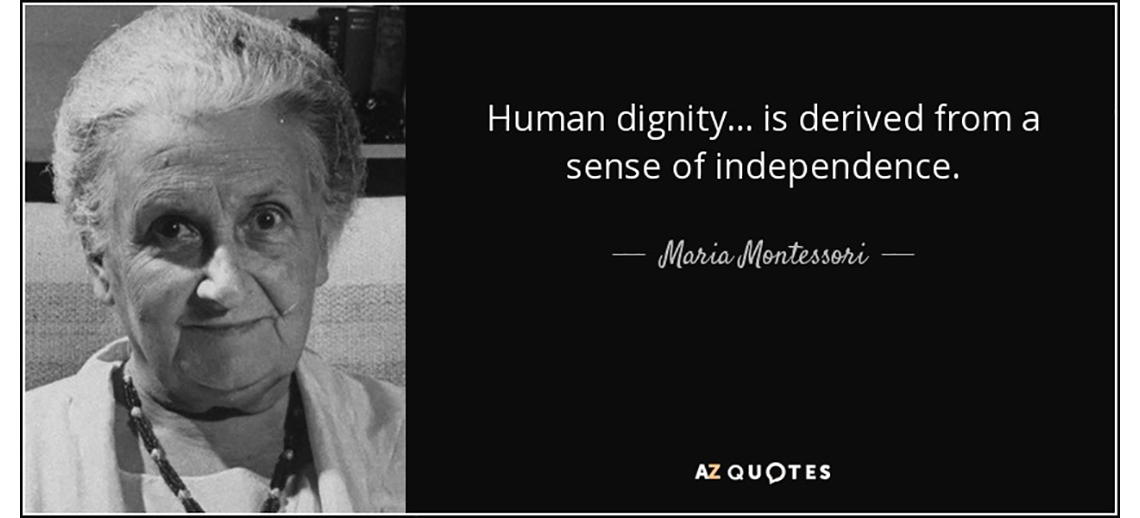
Maria Montessori also has a similarity in perspective on dignity like Donna Hicks
Hicks’ idea of how we see evolved – or not evolved – of dignity helps bring a more interesting perspective on how we consider today’s great leaders. “Is the fear of losing dignity behind some of the many leadership failures we are seeing in the world?” – Hicks asked herself.
In addition to guiding others to see their dignity, Hicks explains the behaviors that leaders should learn to become a model of trust: Trust, Empathy, Mindfulness, Accountability. She also provides future leaders with a set of tools to build a culture of dignity into the business, including training and creating “dignity pledges” with lots of others.
All of this makes Leading with Dignity a useful and convincing book for readers. Sometimes for some leaders, the book can be a lifeline for their business. Remember the story that Hicks originally mentioned about an executive board who rewarded himself, instead of returning the lost money to the staff? Hicks has suggested some executive members choose one of five options, from understanding that their actions are violating the dignity of the employees to an apology, a promise of compensation and a commitment that they do not reconsider this problem before the entire employees. Unfortunately, the leaders of this company ignored them all and pretended they didn’t do anything wrong after all. The wound inside each employee never healed, they chose to leave and the company had no one to replace. As a consequence, the company had to sell it to another party – Hicks wrote in the final lines of the book.
——————–
How do you think about this article? Please share it with us via the comment section below.
PRIMUS – TOP MANAGEMENT JOBS ONLY




